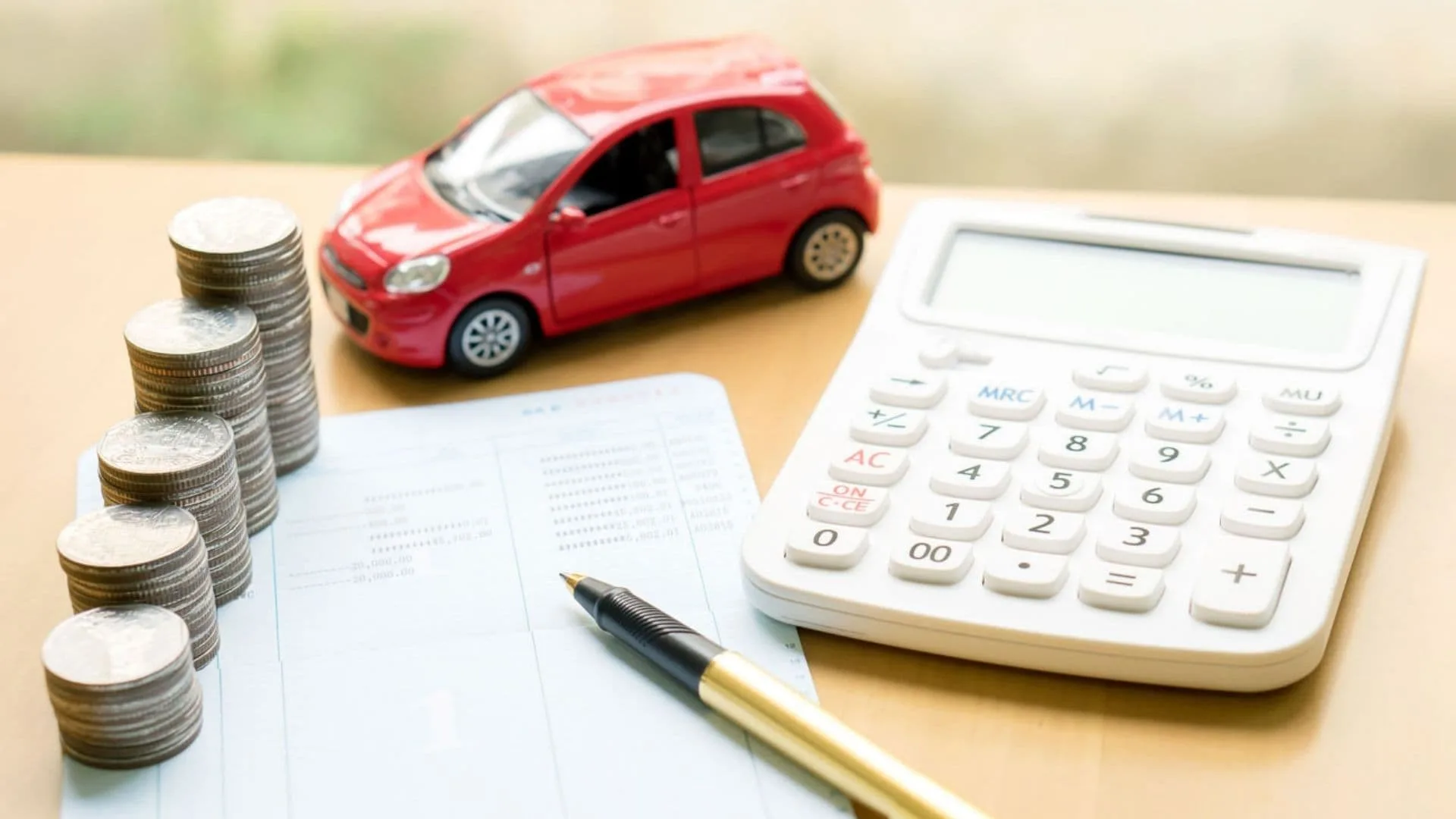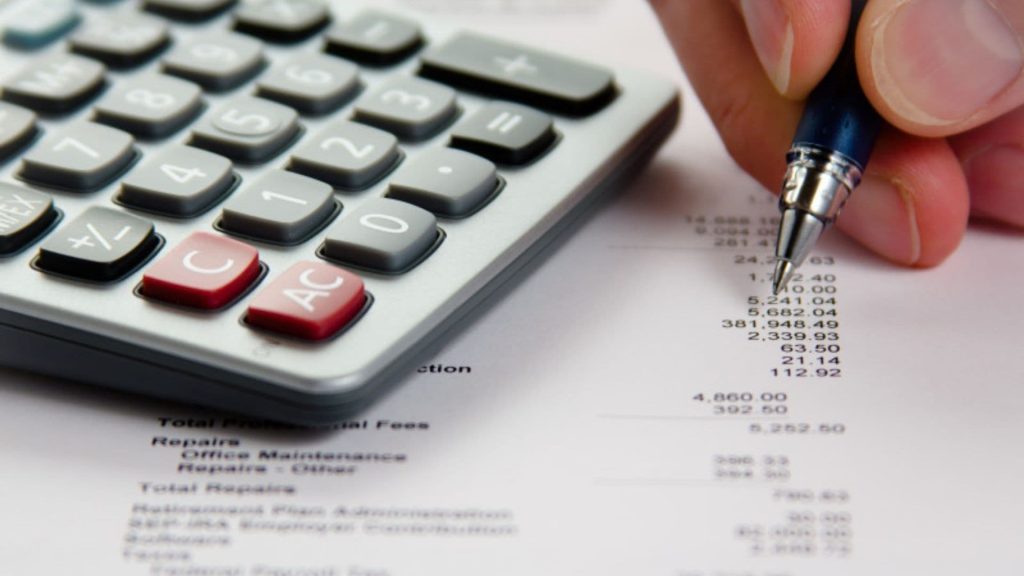
If you’re searching for ways to lower your tax bill and drive a new car, the “car lease tax deduction” could be your ticket to savings. Car lease tax deduction rules allow self-employed individuals, freelancers, and business owners to write off a portion of their lease payments when the vehicle is used for business purposes. By understanding how to claim a car lease tax deduction, you can deduct business-related lease payments, sales tax, and even expenses like insurance, maintenance, and registration fees. The IRS lets you choose between the actual expense method—deducting the business portion of your lease payments and operating costs—or the standard mileage rate, which gives you a set deduction per business mile. However, you can’t use both methods for the same lease period. Knowing how to calculate your deduction, keep the right records, and avoid common pitfalls (like luxury vehicle limits and the inclusion amount) will help you make the most of your car lease tax deduction and keep more money in your pocket.
When you lease a car for business, the IRS allows you to deduct the portion of your lease payments that corresponds to your business use. For example, if you use your leased car 70% for business and 30% for personal errands, you can deduct 70% of your lease payments as a business expense. This tax deduction can be claimed using the actual expense method, which also lets you write off related costs like gas, insurance, repairs, and registration fees.
Alternatively, you can use the standard mileage rate method, which lets you deduct a set amount per business mile driven (67 cents per mile for 2024). If you choose this method, you cannot also deduct your lease payments or actual expenses—you must stick with the mileage rate for the entire lease period.
What Can You Deduct with a Car Lease?
- Lease payments: Deduct the business-use percentage of your monthly payments. If you use the car 100% for business, you can write off the full amount.
- Sales tax: Deduct the sales tax portion of your lease payments if you itemize deductions.
- Operating expenses: Gas, oil changes, repairs, insurance, registration, and even parking or tolls related to business use can be deducted under the actual expense method.
- Inclusion amount: For high-value or luxury vehicles, the IRS may require you to add back a small portion (the “inclusion amount”) to your taxable income, reducing your deduction.

How to Calculate Your Car Lease Tax Deduction
- Track Your Business Mileage: Keep a detailed log of all business and personal miles driven.
- Determine Business Use Percentage: Divide your business miles by total miles for the year to get the percentage of business use.
- Apply the Percentage: Multiply your total lease payments and eligible operating expenses by your business use percentage to determine the deductible amount.
- Include the Inclusion Amount (if required): For luxury vehicles, check the IRS tables and subtract the required inclusion amount from your deduction.
Car Lease Deduction: Actual Expense vs. Standard Mileage Rate
| Deduction Method | What You Can Deduct | Limitations & Notes |
|---|---|---|
| Actual Expense Method | Business portion of lease payments, gas, insurance, repairs, registration, sales tax, parking, tolls | No depreciation deduction on leased vehicles; inclusion amount may apply; must keep detailed records |
| Standard Mileage Rate | IRS-set rate per business mile (67¢ in 2024) | Cannot deduct lease payments or actual expenses; must use for entire lease term |
Who Qualifies for the Car Lease Tax Deduction?
- Self-employed individuals and freelancers who use a leased car for business activities.
- Small business owners who lease vehicles for company use.
- Gig workers (like rideshare drivers) who use a leased car for work.
Note: Employees (W-2) generally cannot deduct car lease expenses unless unreimbursed business expenses are allowed under specific circumstances.
Special Considerations and Pitfalls
- Personal vs. business use: Only the business-use portion of expenses is deductible. Personal use must be excluded.
- Lease-to-own contracts: Lease payments are not deductible if your contract is a lease-to-own agreement.
- Depreciation: You cannot claim depreciation on a leased vehicle—this is only for purchased vehicles.
- Luxury vehicle limits: High-value cars may trigger an inclusion amount, reducing your deduction.
- Recordkeeping: Maintain thorough records of mileage, payments, and all expenses to substantiate your deduction in case of an IRS audit.

Tips to Maximize Your Car Lease Tax Deduction
- Keep a mileage log (apps make this easy!).
- Save all receipts for lease payments and car-related expenses.
- Review your lease agreement to ensure it’s not a lease-to-own.
- Consult a tax professional, especially if you have a high-value vehicle or complex business use.
FAQs
Can I deduct the full lease payment if I use my car for both business and personal use?
No, you can only deduct the portion of your lease payment that matches your business use percentage.
Can I claim both the standard mileage rate and lease payments?
No, you must choose one method for the entire lease period—you cannot combine the two.
Are car lease payments tax-deductible for employees?
Generally, no. Only self-employed individuals and business owners can deduct car lease payments, unless you qualify for unreimbursed business expense deductions under rare exceptions.